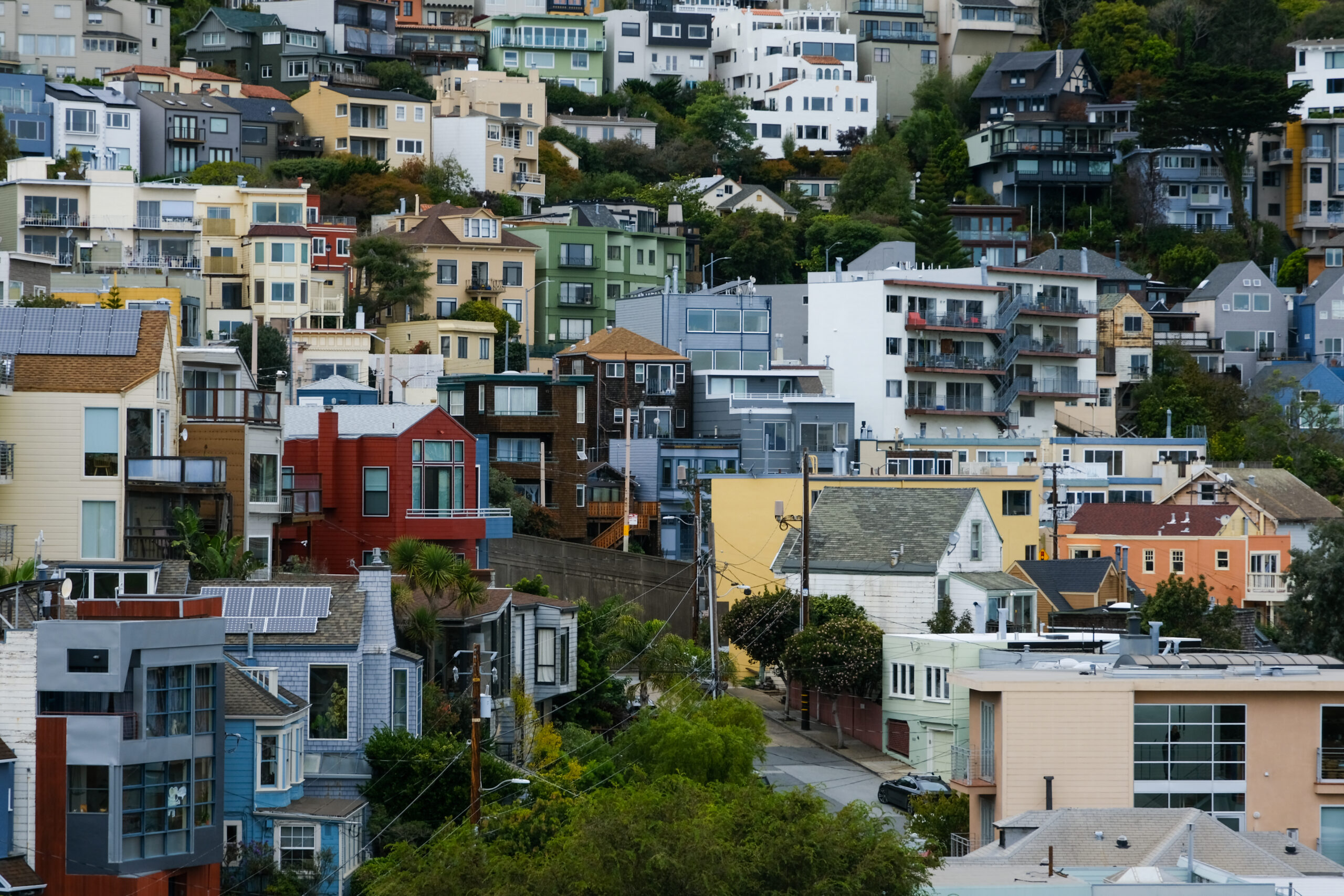Around 10% of San Francisco’s more than 400,000 housing units are vacant, including a quickly growing segment that includes owners purchasing properties as investments or cash havens, according to a report from the Budget and Legislative analyst.
The data, which was presented at a Board of Supervisors Land Use and Transportation Committee meeting Monday, provides ammunition for a new voter-approved tax measure targeting these vacant properties. Similar measures have been adopted by several progressive municipal governments, including in Oakland, Washington, D.C. and Vancouver.
District 5 Supervisor Dean Preston, who commissioned the report, characterized the issue of residential vacancies the “elephant in the housing policy room.”
“So much of the conversation around housing in this city has been dominated by a focus on production,” Preston said at the committee meeting. “But what’s missing from a lot of these discussions has been the consideration on how we use the housing that exists or the housing that gets built.”
The report found that 40,458 housing units in the city are vacant for a variety of reasons ranging from units currently available to rent or buy, those that are used seasonally and units currently being offered for sale. The number of vacant units have grown from a nadir of 26.4k in 2013 to 40.5k units in 2019, the last year for which census data is available. Vacant units were primarily concentrated in SoMa, Downtown and the Mission District, which is largely where new housing construction has been concentrated.
Preston zeroed in on the more than 8,000 vacant units that are “sold and not occupied,” which has been the fastest-growing segment over the past five years. The report says that this can be due to owners buying units while still under construction or owners purchasing housing as a place to park cash without any intention to rent or sell the property.
“Everyone has some level of awareness there’s an issue of vacant units. You only need to walk by a big new construction building and see no lights on day after day,” Preston said in an interview. “This is not an issue that’s going away, it’s one that’s getting more significant.”
Whereas the share of units for sale or rent that are vacant in San Francisco is lower than in many other cities, the share of total numbers of vacant units is higher than comparable areas, according to the report.
That dichotomy has long been pointed to by activists as a factor in the city’s housing crisis and a rationale for its sky-high housing costs, however there has been limited research prior to the report examining the issue locally.
The report also includes a handful of potential policy measures (mainly new targeted taxes) that could be put in place to reduce the number of residential vacancies and potentially raise revenue for affordable housing initiatives.
These range from a fixed flat fee for vacant units like the $3,000-$6,000 charge levied by the City of Oakland to the approach taken by Vancouver, which charges a fee tied to the assessed property value to owners. Various definitions of vacancy and exemptions to the tax have been put in place by municipalities.
Results from Vancouver, which Preston said had the “most developed” policy, have been promising. The city reported a 21.2% reduction in vacant units in the first year that the levy was introduced.
While municipalities in California are largely prohibited from instituting a similar policy to Vancouver due to Prop. 13, the budget analyst found a tax of comparable scale could have the effect of activating 4,560 units within two years. That is equivalent to around 90% of the average number of new housing units added in the city over the past five years.
Fred Brousseau, the director of policy analysis for the Budget and Legislative Analyst’s Office, said at the meeting the types of vacancies that would be most likely to be subject to the tax were a portion of the “sold, but not occupied” units, as well as those used for seasonal or occasional use, those which are being kept vacant in anticipation of a sale or those waiting for repairs or rehabilitation.
Brousseau added that tax proposals could be paired with homeowner assistance for those who may not have the funds to get their properties in a place to rent or sell.
Preston said while he expects pushback from the real estate industry, he said he expects broad public support of a residential vacancy tax measure, as evidenced by San Francisco voters’ passage of a commercial vacancy tax in 2020.
“Vacancies are rising, this is not a problem that the market has solved. If anything the market has allowed this to persist,” Preston said. “I’ve talked with a lot of people over the years and my sense is that there’s pretty broad support for the idea of intervention of this type from folks across the spectrum who have very different ideas on how to solve the affordability crisis.”
